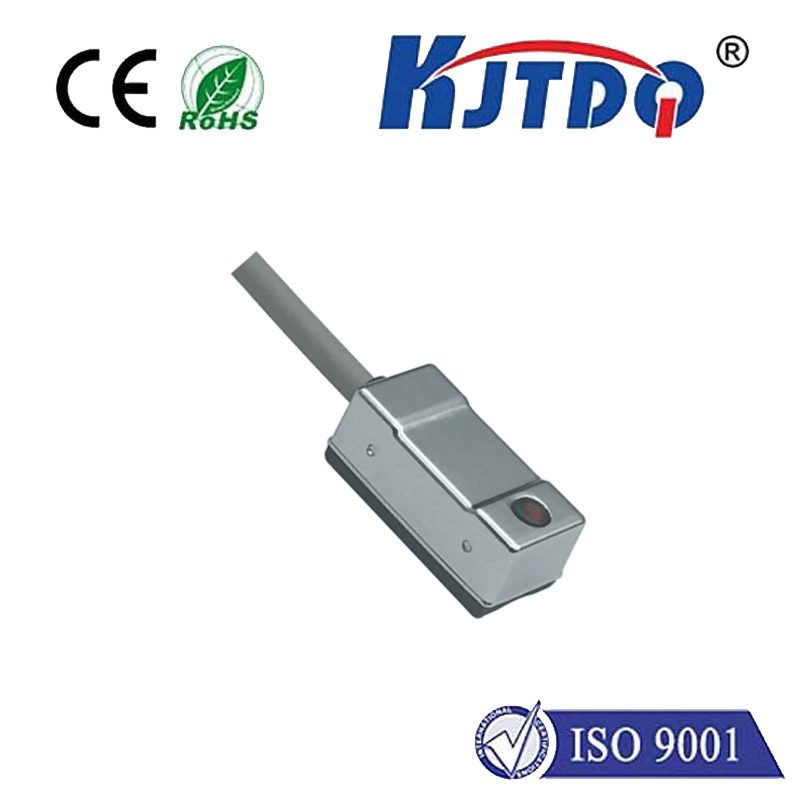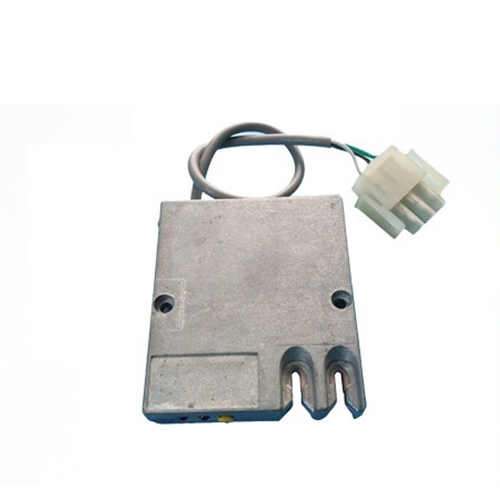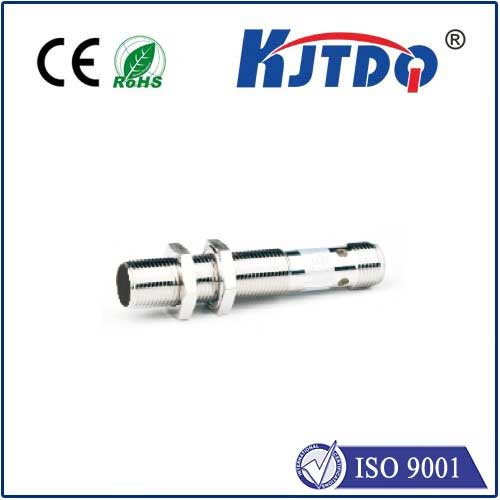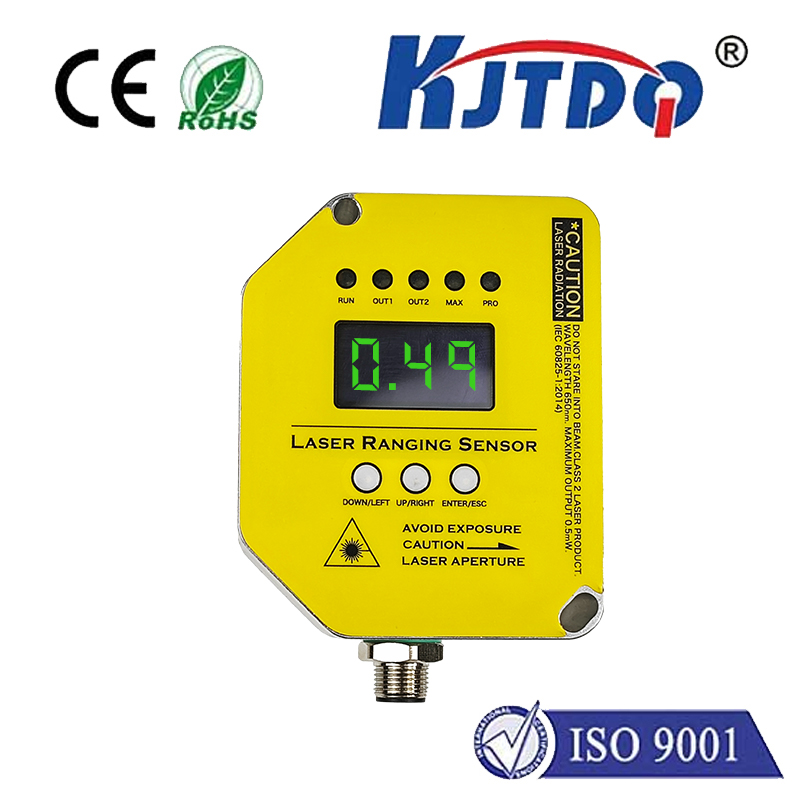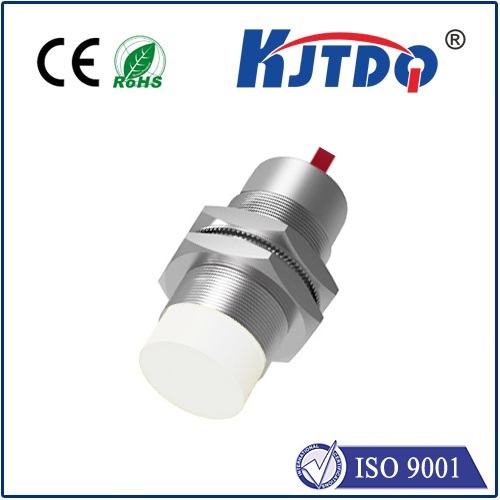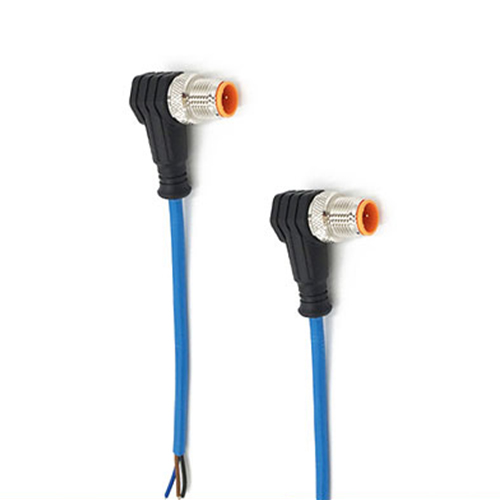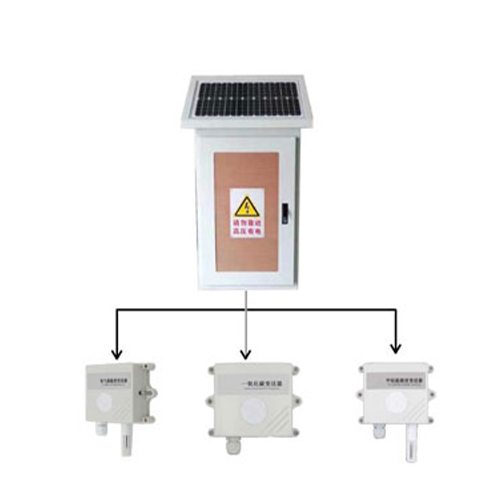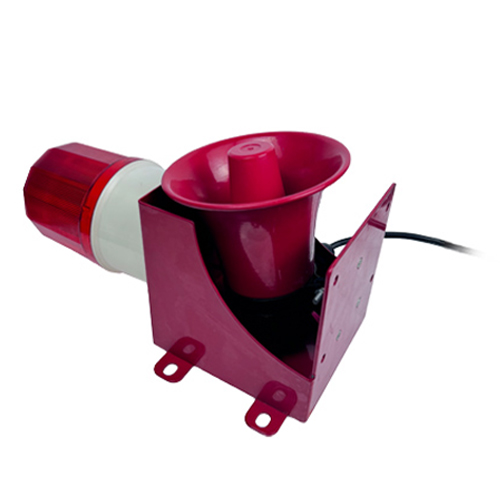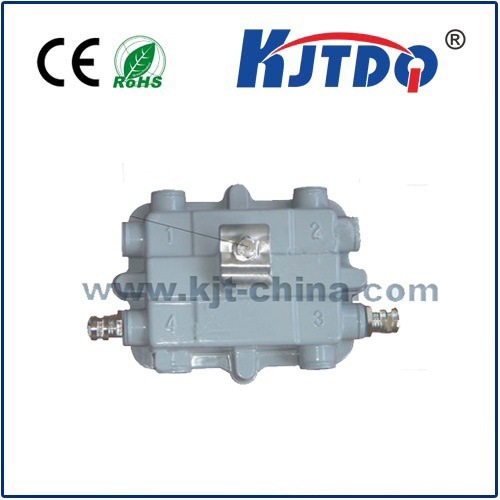Radar Imaging Sensor: The Key to Advanced Sensing and Imaging
In today’s rapidly evolving technological landscape, radar imaging sensors have become an essential tool in various industries, from aerospace to medical imaging. These sensors combine radar technology with imaging capabilities to provide detailed visual data that is crucial for a wide range of applications. This article explores the fundamentals of radar imaging sensors, their working principles, and their significance in modern technology.
Radar imaging sensors operate by emitting electromagnetic waves and detecting the reflected signals. These waves travel through the air and bounce back from objects, creating an image based on the time it takes for the waves to return. This process, known as radar imaging, allows for the creation of high-resolution images that can be used to identify objects, track movement, and even detect abnormalities in real-time.

One of the most significant advantages of radar imaging sensors is their ability to function in adverse conditions. Unlike traditional visual cameras, which are limited by weather and lighting, radar imaging sensors can operate in darkness, rain, or fog. This makes them highly reliable in environments where visibility is poor. For instance, in aviation, radar imaging sensors are used to monitor weather patterns and detect potential threats, ensuring safe flight operations.
The integration of radar imaging sensors into various applications has revolutionized how we perceive and interact with the world. In the field of autonomous vehicles, these sensors are used to detect obstacles and navigate safely, even in challenging conditions. Similarly, in medical imaging, radar imaging sensors are being explored for their potential to provide non-invasive imaging of internal structures, offering new possibilities for diagnostic tools.
Another key aspect of radar imaging sensors is their versatility. They can be adapted for different applications by adjusting the frequency of the emitted waves. Higher frequency waves provide more detailed images but have shorter range, while lower frequency waves offer greater range but less resolution. This flexibility allows for the customization of sensors to suit specific needs, whether it is for military surveillance, environmental monitoring, or industrial inspection.
In addition to their technical capabilities, radar imaging sensors also play a crucial role in data processing and analysis. The images generated by these sensors are often processed using advanced algorithms to extract meaningful information. This data can be used for everything from security monitoring to disaster response, showcasing the wide-ranging impact of radar imaging technology.
As technology continues to advance, the future of radar imaging sensors looks promising. Innovations in materials science and signal processing are paving the way for more efficient and accurate imaging systems. Moreover, the integration of artificial intelligence and machine learning is expected to enhance the capabilities of these sensors, enabling them to perform complex tasks with greater precision.
In conclusion, radar imaging sensors are a cornerstone of modern sensing and imaging technology. Their ability to operate in challenging environments, provide high-resolution data, and adapt to various applications makes them invaluable across multiple industries. As we continue to push the boundaries of what is possible, radar imaging sensors will undoubtedly play a central role in shaping the future of technology and innovation.
